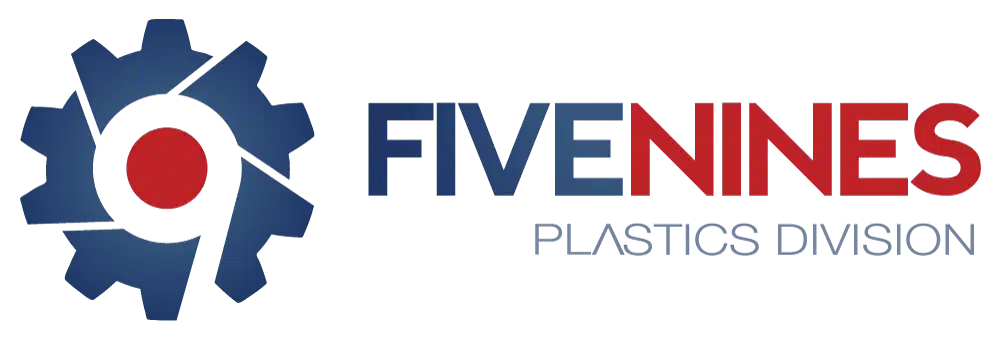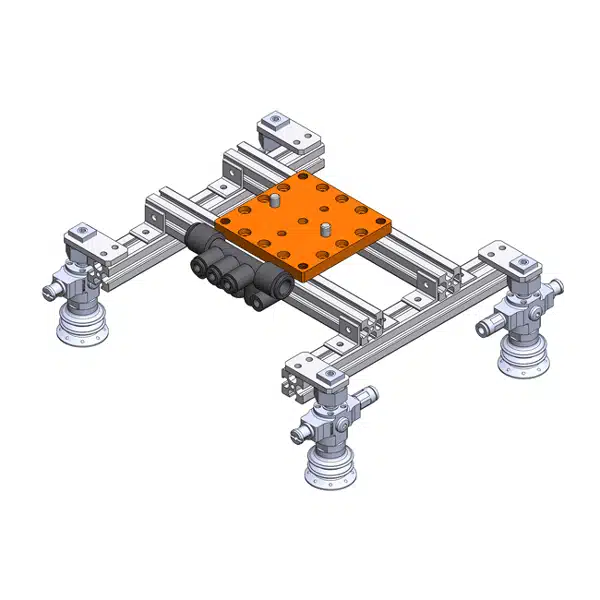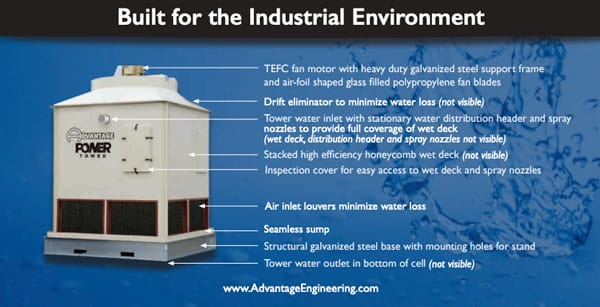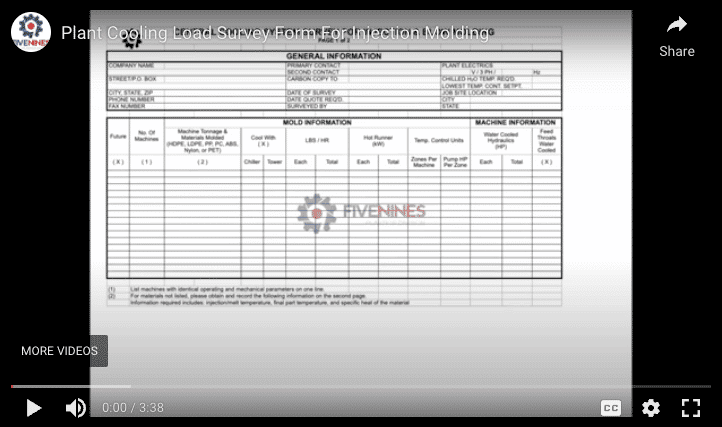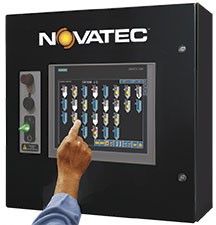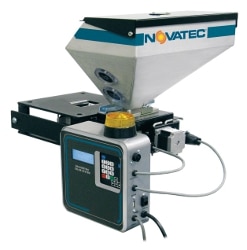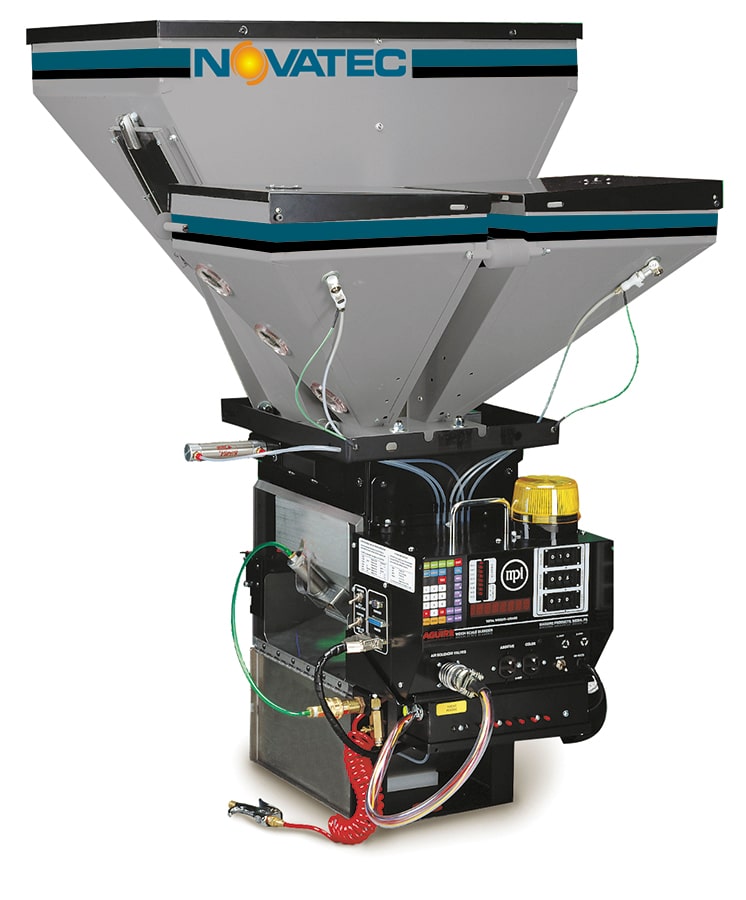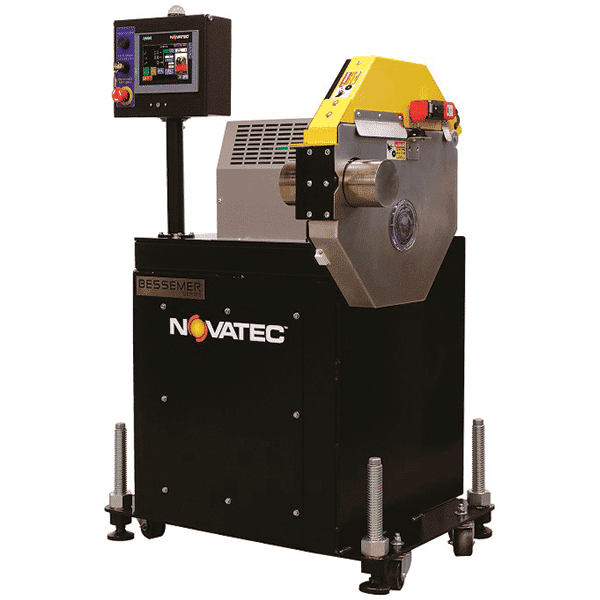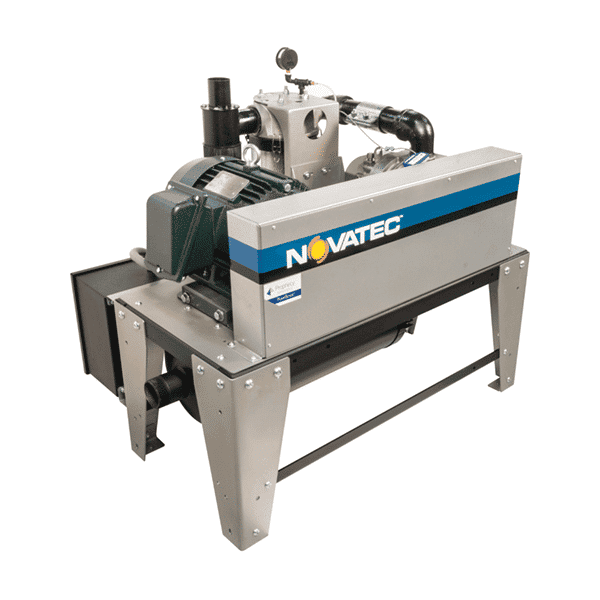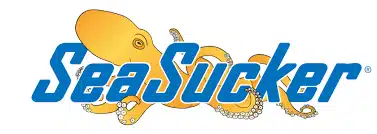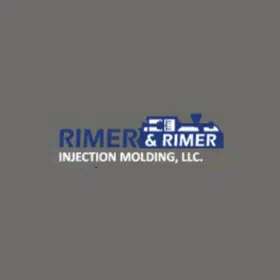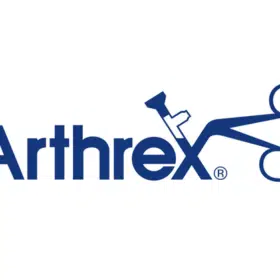Required Info for quoting End of Arm Tooling
The goal is to make sure the robot fits your molding machine, then to make sure we apply the proper configuration and programming to satisfy your process. We will need this information to complete a quote for your robot. Below we’ve explained why we need each piece of information and why it is helpful.
What size is your molding machine (tons US)?
- This helps us understand the potential size of the robot, the distance between tie-bars, etc.
- All robots are designed for a specific size range of molding machine.
Will the robot secure the runner and parts with the End of Arm Tool?
- This helps us understand the sequence and end-of-arm tooling requirements.
Are the parts sub-gated?
This helps us understand a couple of things:
- Runner release program sequence
- Will nippers be required if we are dropping runners at separate locations from the parts?
- How we design the end of arm tool, and if nippers will be on the tool or mounted on the robot or a table
How many cavities are in the mold?
- This helps us understand end of arm tool design, potential payload requirements, and robot models (rigidity)
What is the cycle time of the machine?
- This, in conjunction with the system sequence requirements, helps us understand how much time the robot has to perform the required functions and return to the mold before it opens again.
How many operators are currently working on the robot we are considering a robot?
- Understanding your current labor rates (loaded wage) times the number of operators times the number of shifts you’re running helps us to justify implementing automation into your process.
Please provide a set of mold prints.
- This helps us understand mold/part design when we design the end-of-arm tool for extracting parts from the mold face.
Please provide a set of machine prints.
- This helps us get accurate machine dimensions so we can properly configure the robot model and, more importantly, arm strokes, tooling width, etc.
Critical machine dimensions start with:
- C/L of mold to the top of the platten – this determines the main arm stroke and end of arm tool clearance
- C/L of mold to the outside of the safety door of the molding machine
- Distance from the top of the platten to the nearest overhead obstruction (lights, crane, ceiling, etc.)
- and so on.
Please provide a set of part prints.
- This helps us correlate mold prints and the overall function of our end-of-arm tooling during the design phase.
